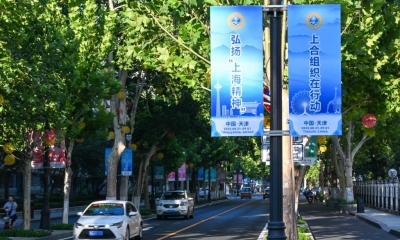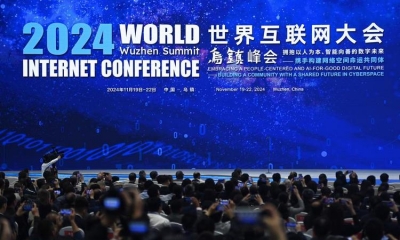Beyond Boundaries: ASEAN, GCC, and China Redefine Global Cooperation
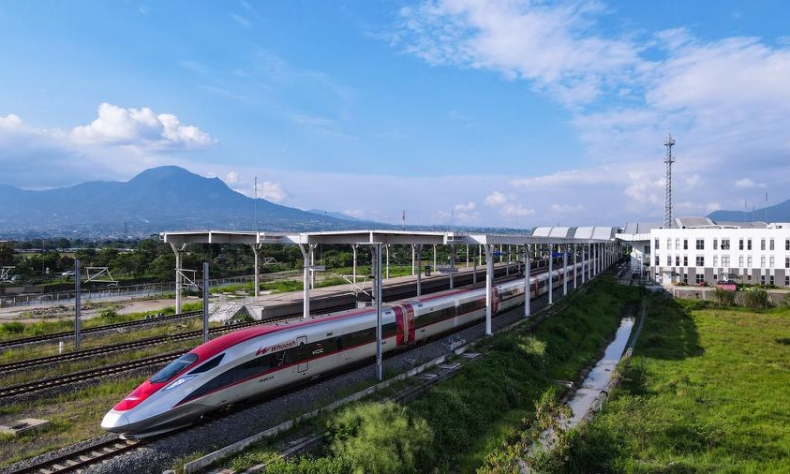
The ASEAN-GCC-China Summit shows that even in a fragmented world, bridges can still be built, and that those most often marginalized by the old order are now capable of designing blueprints for a new one.
In an era marked by fracturing alliances, inward-looking economies, and the erosion of multilateralism, it is easy to succumb to the idea that global cooperation is a relic of a more hopeful time. Yet, this week in Kuala Lumpur, a refreshing counter-narrative emerged. One not born in the corridors of Washington or Brussels, but rather through the converging aspirations of Asia and the Arab world. The inaugural ASEAN-GCC-China Summit was a declaration that the Global South is not waiting for permission to shape the world; it is doing so, collaboratively and innovatively.
Held under Malaysia’s ASEAN chairmanship, this trilateral summit stitched together three of the world’s most dynamic and diverse regional groupings. Together, they represent not only massive economic potential but also distinct cultural, political, and historical traditions. Yet, the summit defied the lazy assumption that diversity necessitates division. On the contrary, it demonstrated how divergence can be leveraged as a source of strength.
Chinese Premier Li Qiang’s keynote address underscored the summit’s ethos: openness, development cooperation, and cross-civilization integration. In language both practical and profound, he framed the moment as a choice — between narrowing protectionism and expanding connectivity, between friction and synergy. It is telling that while some major economies are turning inward, China, ASEAN, and the GCC are choosing precisely the opposite course.
This is not merely rhetoric. The summit produced a detailed joint statement reaffirming the three sides’ commitment to Belt and Road cooperation, digital economy collaboration, energy security, and sustainable development. Malaysian Prime Minister Anwar Ibrahim hailed it as “elaborate and comprehensive”. A strategy, not a slogan.
To those who view China’s rise with suspicion, and the Global South’s ambitions as peripheral, the summit delivered a polite but firm rebuttal. In lieu of antagonism, there was alignment. Instead of contest, cooperation. And at the heart of this was economic complementarity. The triad’s strengths are deeply synergistic: the GCC’s energy reserves, ASEAN’s consumer base, and China’s technological clout. What emerges is interdependence.
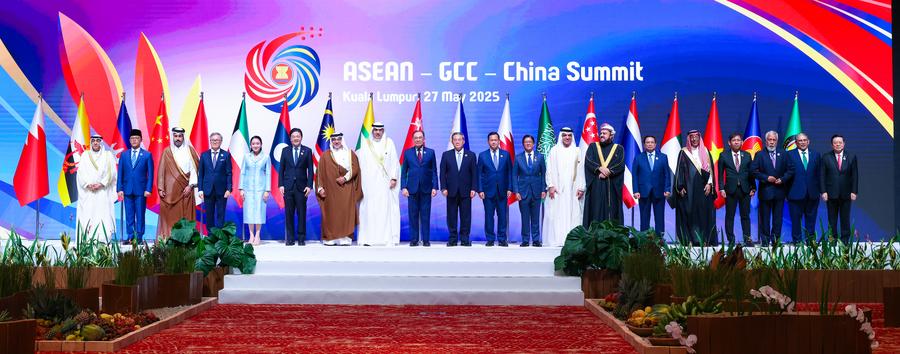
This is what makes the trilateral mechanism so compelling. It does not replicate the rigid hierarchies of the old order, where cooperation was conditional and often patronizing. Instead, it embraces a post-hegemonic model — horizontal, voluntary, and mutually beneficial. This model prioritizes practical deliverables: infrastructure, trade facilitation, clean-energy transitions, and supply-chain resilience. These are not abstract ideas; they are the arteries of real economic life.
Crucially, the summit also speaks to a deeper philosophical vision of governance and integration. China’s notion of “harmony without uniformity” — a Confucian ideal revived in the diplomatic arena — offers a useful antidote to the homogenizing tendencies of the Western-led globalization era. Difference is not a threat; it is the raw material for meaningful cooperation. The ASEAN-GCC-China framework recognizes that countries can keep different values, systems, and strategic outlooks, and still work together toward common prosperity.
Indeed, Premier Li Qiang’s assertion about a “model of cross-region openness” is both idealistic and informative. It reflects China’s awareness that regional value chains now matter as much as global ones. By reducing what economists call “cross-border friction costs”, this trilateral framework offers businesses and governments alike a smoother operational terrain.
It is also a democratic move, not in the Western electoral sense, but in the deeper sense of development equity. For decades, developing nations have been told to accept their “comparative advantages” that are often limited to low-cost labor or raw material supply. But this summit challenges that economic fatalism. It imagines a world where smaller economies are not locked into roles defined by others, but evolve up the value chain, fueled by targeted connectivity and shared technological investments.
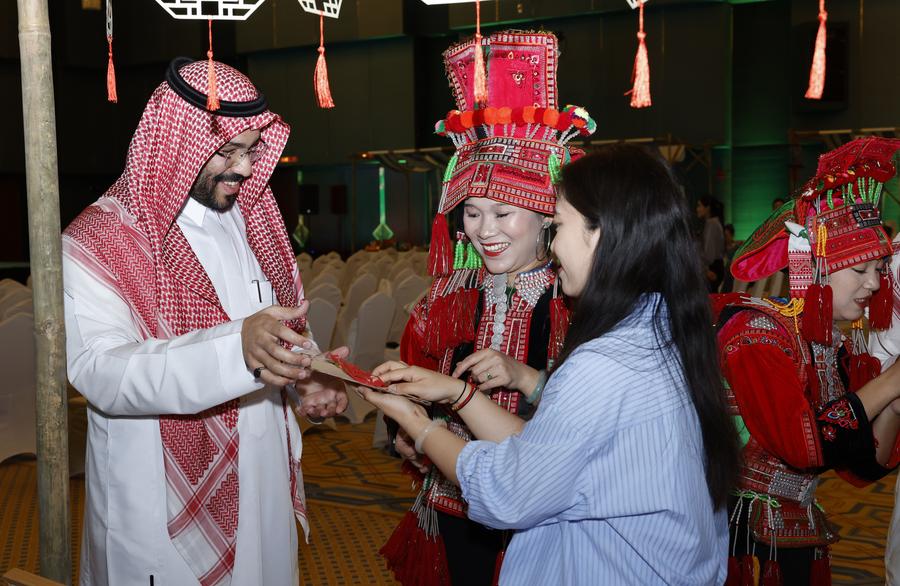
Even in its infancy, the trilateral summit has accomplished something extraordinary: it has recalibrated what global governance can look like. The focus was not on sanctions, not on military posturing, not on zero-sum games. It was on common needs: food and energy security, climate resilience, digital access, and financial inclusivity. These are the real fault lines of our time, and they require real partnerships to address.
This cooperative spirit extended beyond formal declarations. On the sidelines, Premier Li met with leaders from Vietnam and Kuwait, reiterating China’s willingness to coordinate closely with fellow Global South countries on global governance reforms. It is a quiet but potent form of diplomacy: relationship-building grounded in mutual respect and collective purpose.
Of course, none of this guarantees smooth sailing. Multilateral frameworks are often vulnerable to shifting politics, competing interests, and implementation gaps. But the ASEAN-GCC-China Summit offers a valuable proof of concept. It shows that even in a world threatened by fragmentation, bridges can still be built, and that those most often marginalized by the old order are now capable of designing blueprints for a new one.
There will be skeptics. There always are. But dismissing this summit as symbolic misses the moment. What took place in Kuala Lumpur was not just regional choreography — it was an inflection point. A sign that the Global South is playing supporting roles in a drama scripted elsewhere.
The article reflects the author’s opinions, and not necessarily the views of China Focus.
 Facebook
Facebook
 Twitter
Twitter
 Linkedin
Linkedin
 Google +
Google +




